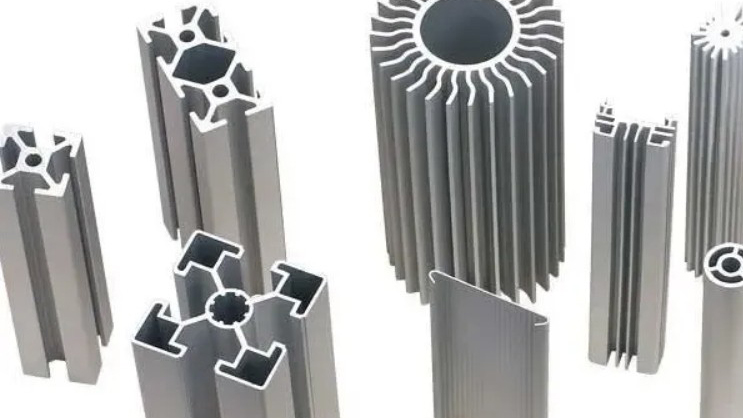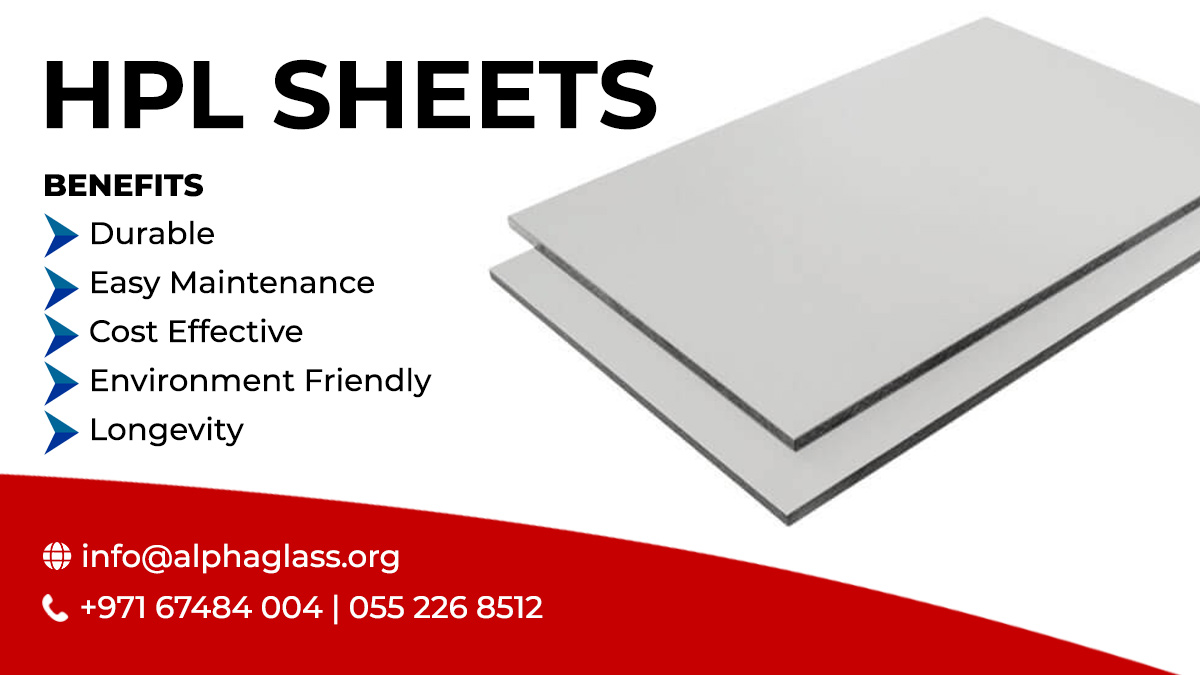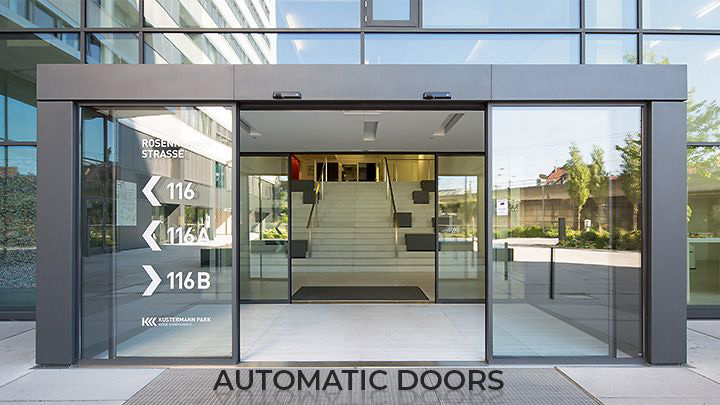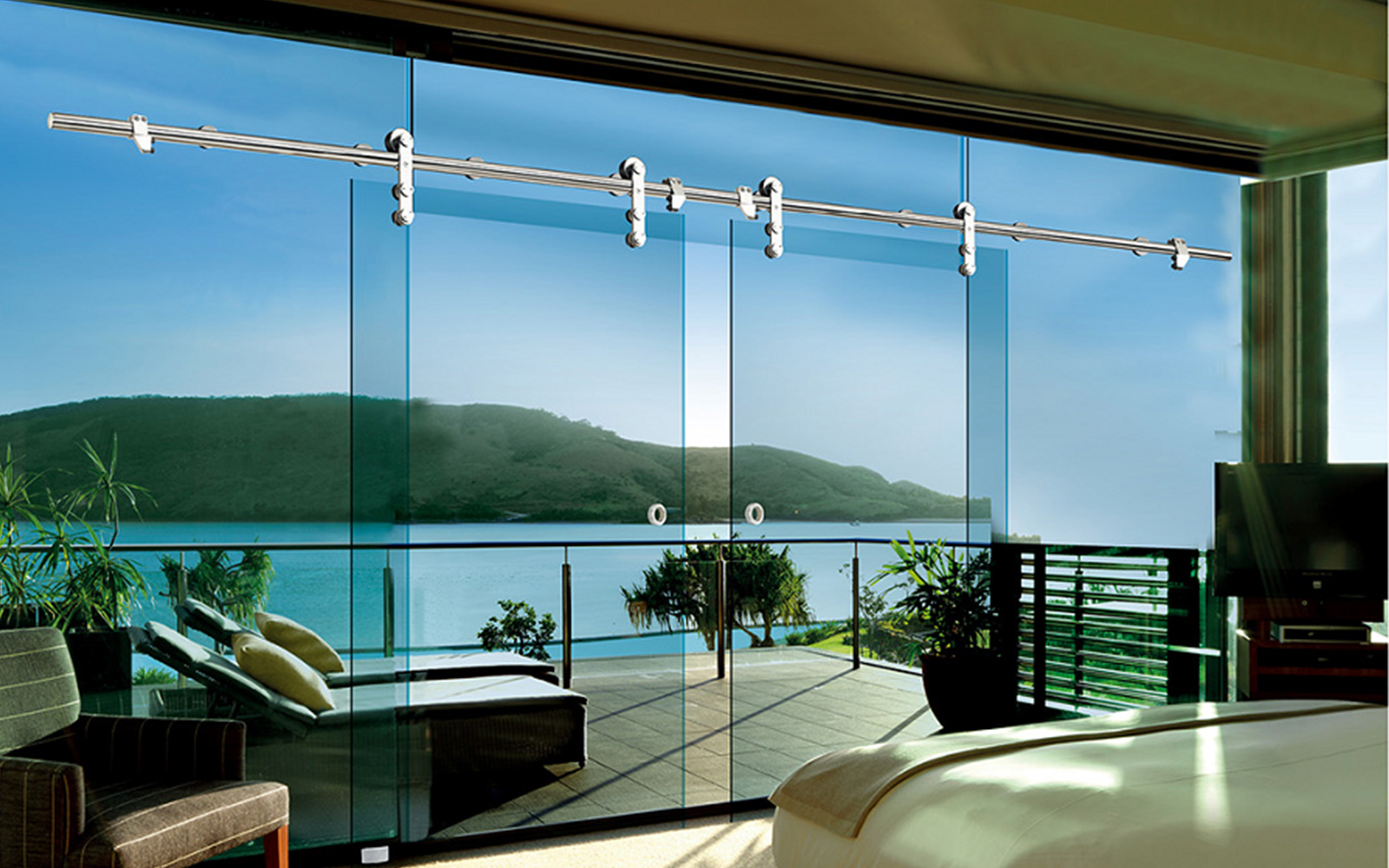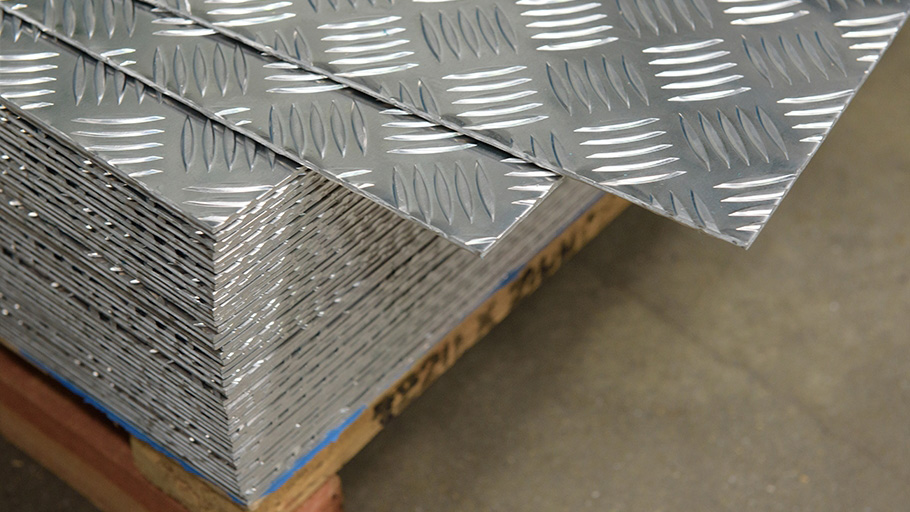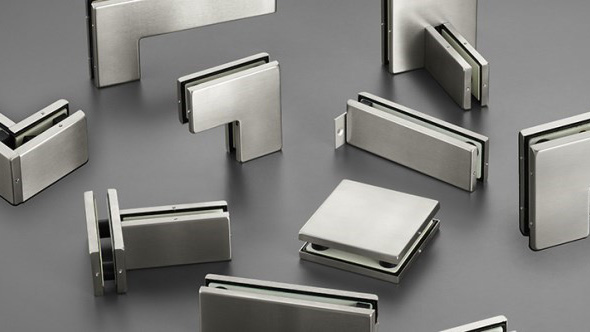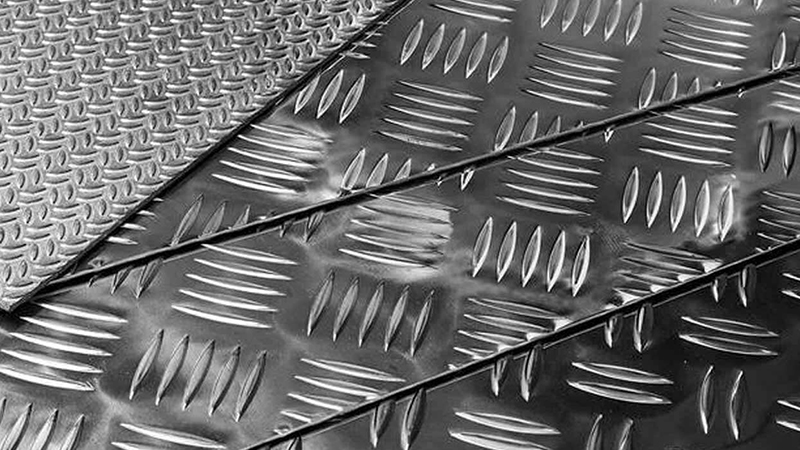Blog
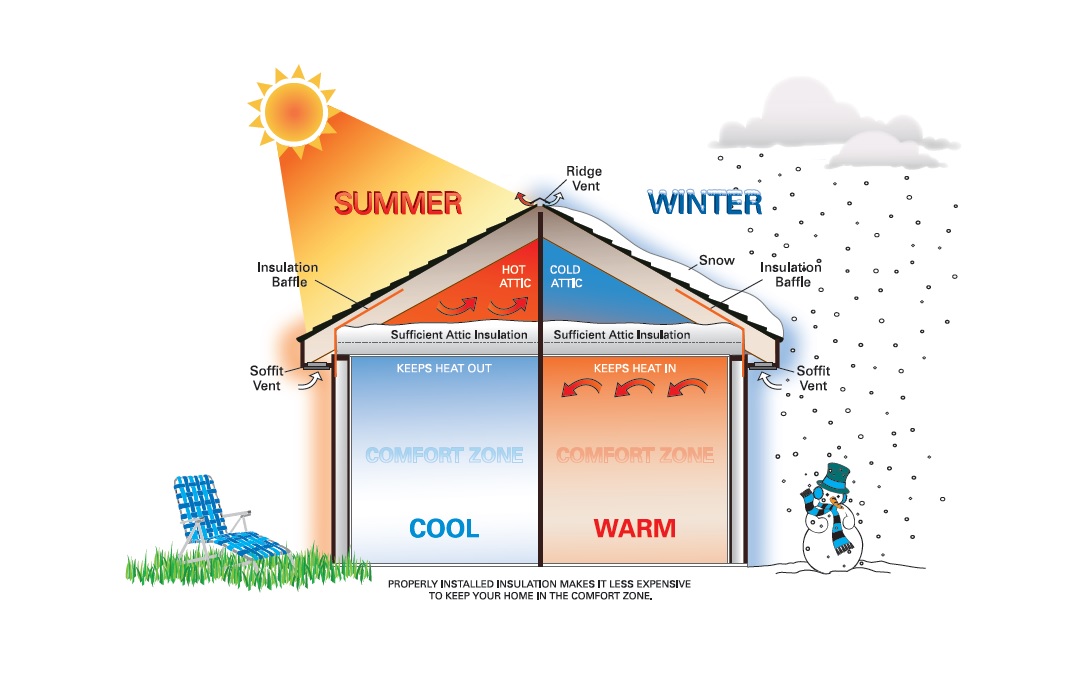
21
Mar
Energy Efficient Building Materials
New generation buildings are now expected to be low energy or sustainable energy efficient building to reduce carbon emissions. The energy consumption of a building is strongly dependent on the characteristics of its outer wall components and it acts as the key factor to increase the energy efficiency. The purpose of the article is to provide a review of the major thermal insulation materials for the buildings. Before deciding which insulation material is best suited for you , there are various things you need to consider. Here is a list of the 4 most commonly used insulation materials used by our fabrication division and what they can do for you.
Aluminium Cladding Systems
Aluminium cladding is very popular because of its quality and sustainability when building a facade that has to last for a lifetime. Hence it has become the most preferred building material in today’s building construction industry. Aluminium Cladding Panels comprise of several layers united together to produce multi layer sheets, The claddings areis made out of combination of metal, fibre, wood, ceramic, glass and plastic based composite materials.
The advanced building structures, whether business, private, institutional, or Government structures, will have aluminium cladding used in it . It is hugely better than paints as they provide several benefits over and above the paints mainly in terms of building insulation and maintenance cost.
Rockwool
Rockwool is the branded name that is commonly used for Mineral wool is also known as mineral fiber. Mineral wool is any fibre material formed by spinning or drawing molten mineral or rock materials. It also includes glass wool and ceramic fiber, both of which are completely man-made fibers.
Rockwool can withstand temperatures up to 1000C without melting making it highly resistant to fire. Since Rockwool is highly sound & fire proof it is the best suited material for healthcare, Marine & Offshore platforms
Insulating Glass
An insulating glass unit is a contemporary glass composed of multiple glass panes sealed together with air space in between, which gives the glass its insulating properties by separating the outside pane from the inside pane.
Thanks to this unique arrangement, insulating glass is the most effective way to reduce air-to-air heat transfer through glazing.
Basically, insulating glass is truly an eco-friendly glazing option. Thermal insulation allows it to take the load off heating and cooling equipment. It also makes it much easier to achieve a desired indoor temperature without excessive use of power and energy. And this is a big deal when reducing heating and air conditioning costs, as well as the carbon footprint.
Thermal Break Aluminium
A thermal break is an insertion of an insulating material, such as poly amide, which interrupts the thermal transfer through an architectural aluminium profile.
We are aware that aluminium windows have their own advantages and have been around for centuries. Some of the world’s most iconic buildings use aluminium for thermal break. They surely stand for long life, structural strength and easy maintenance. But this latest and most sought out thermal break technology is an innovation where the benefits are endless
